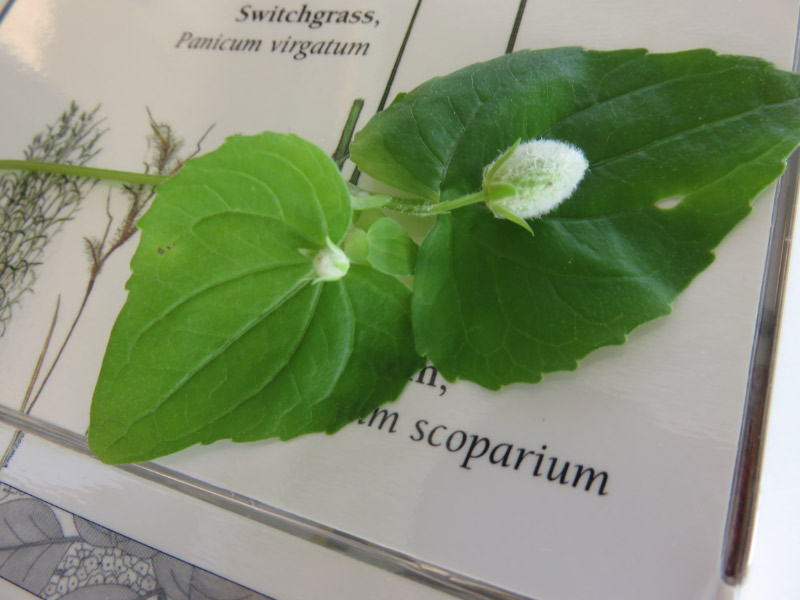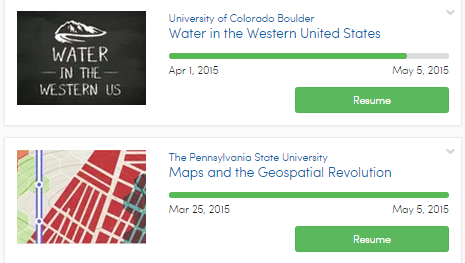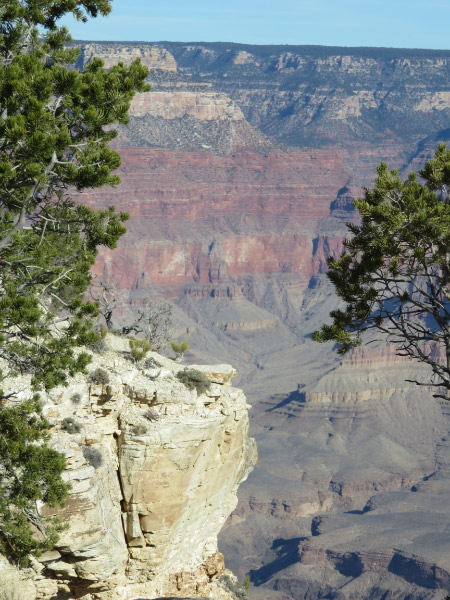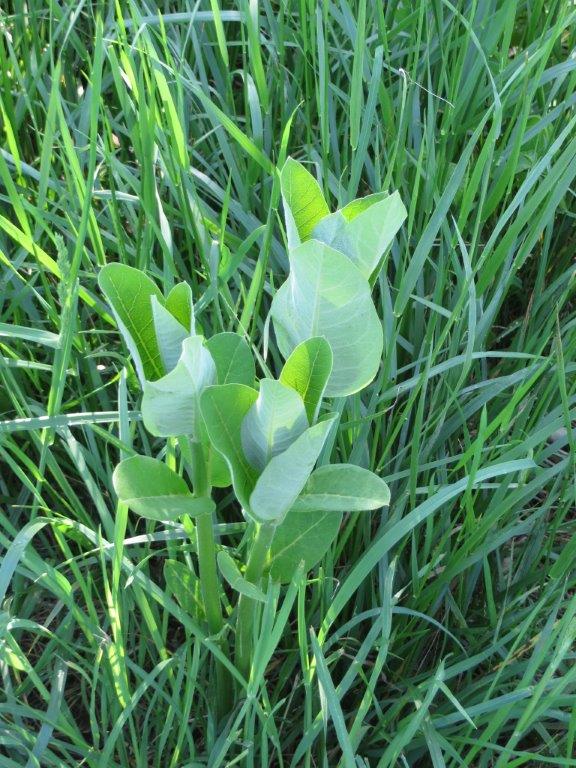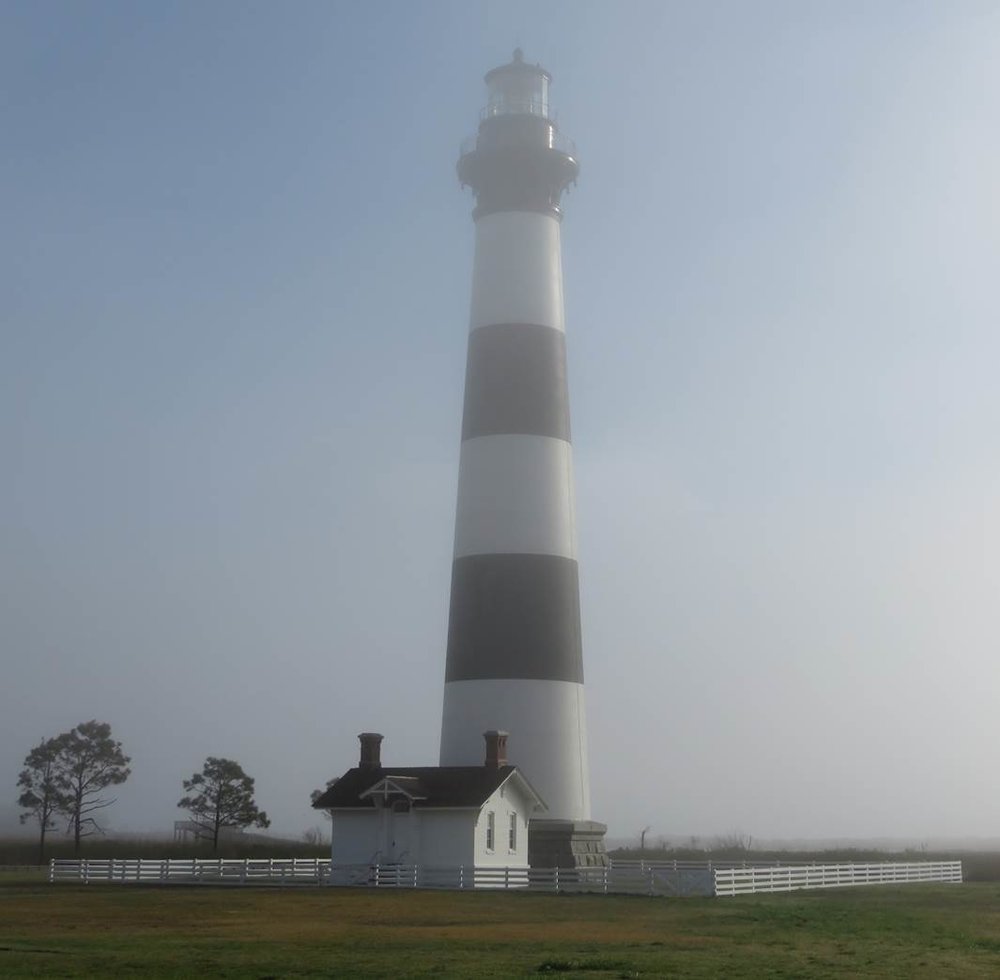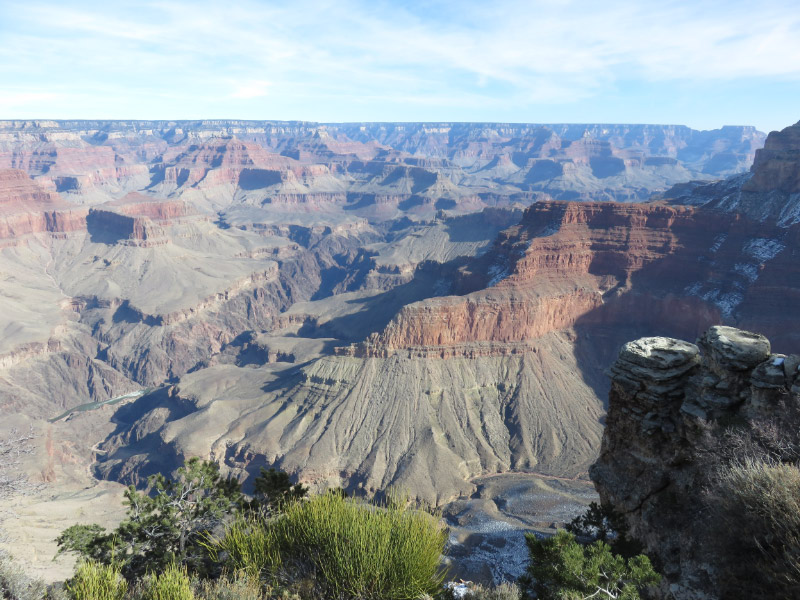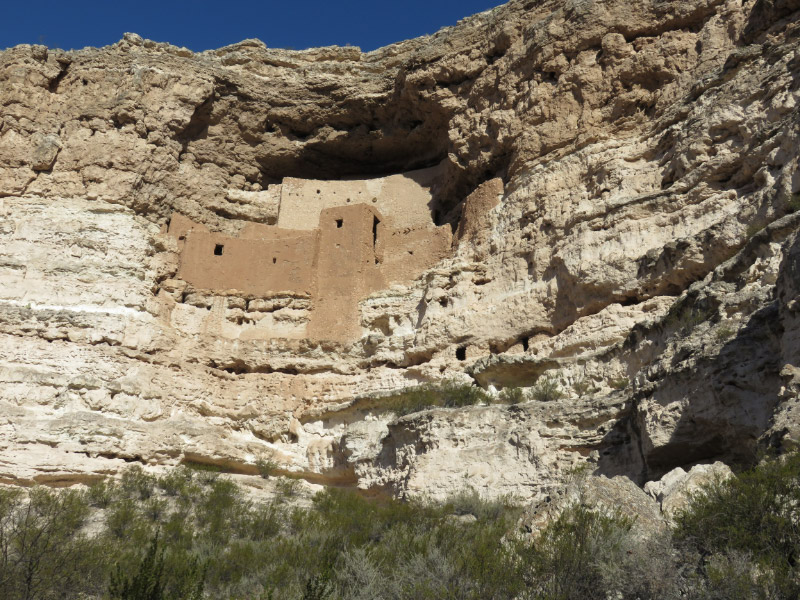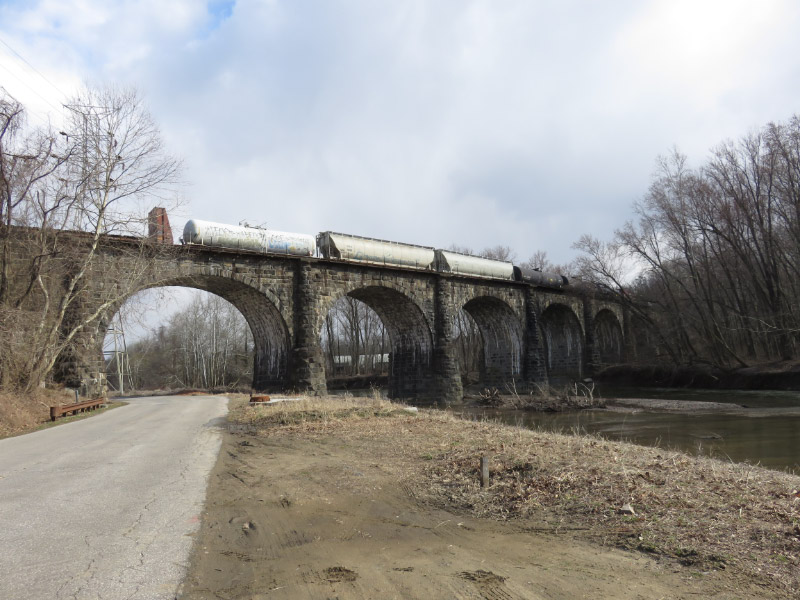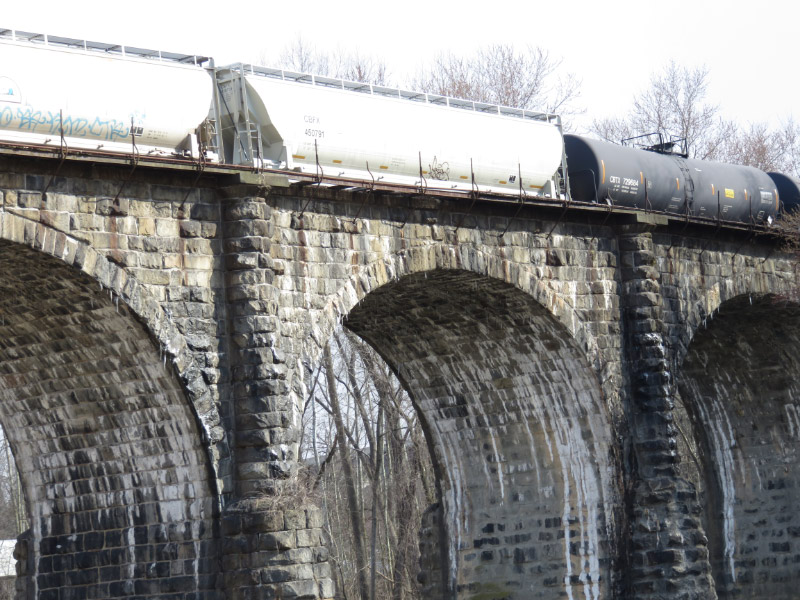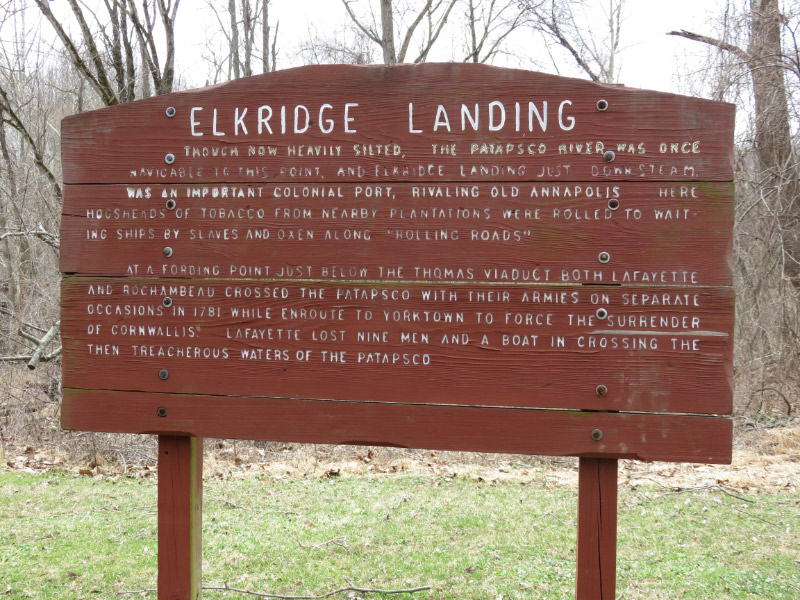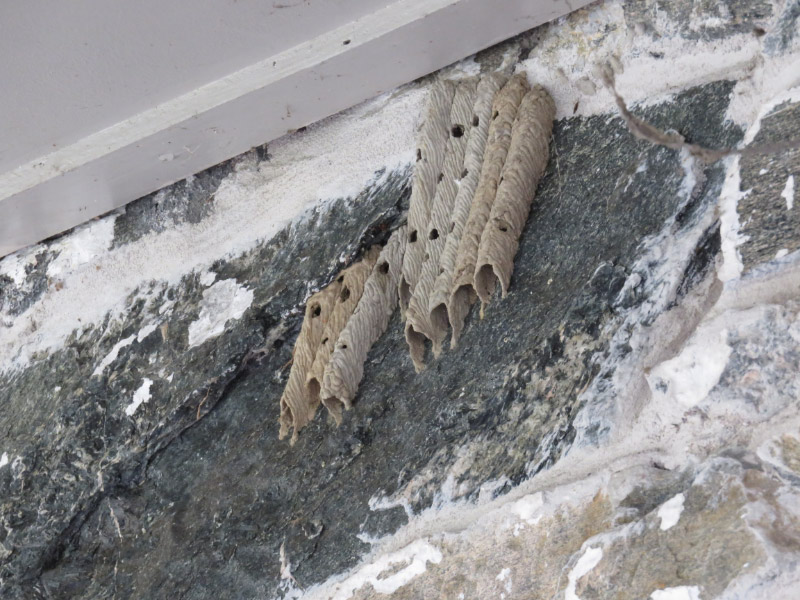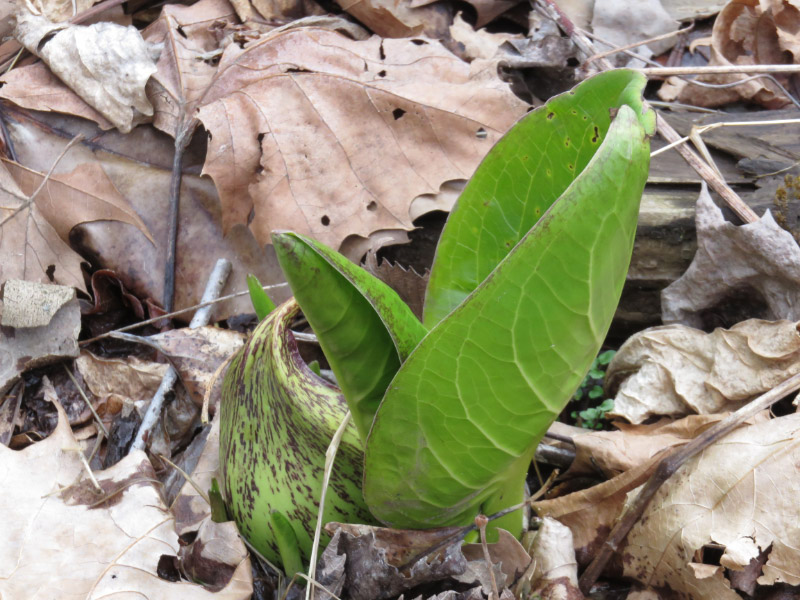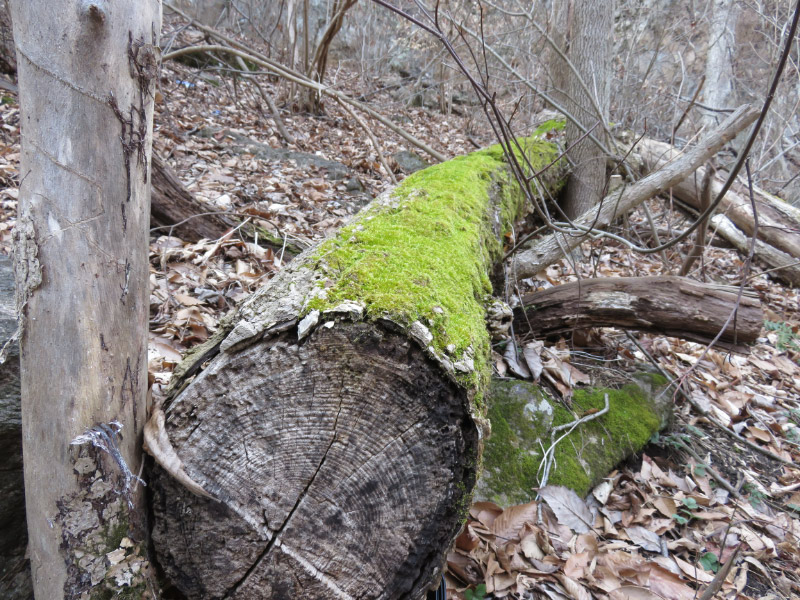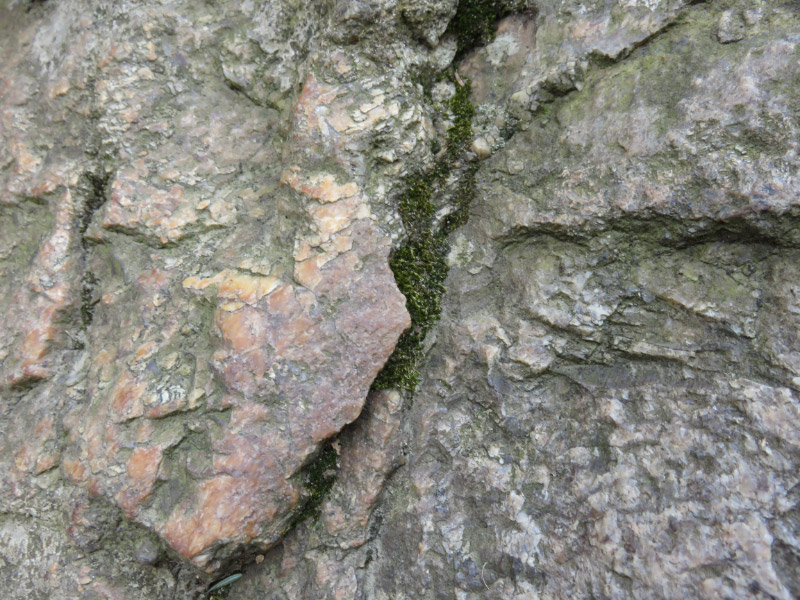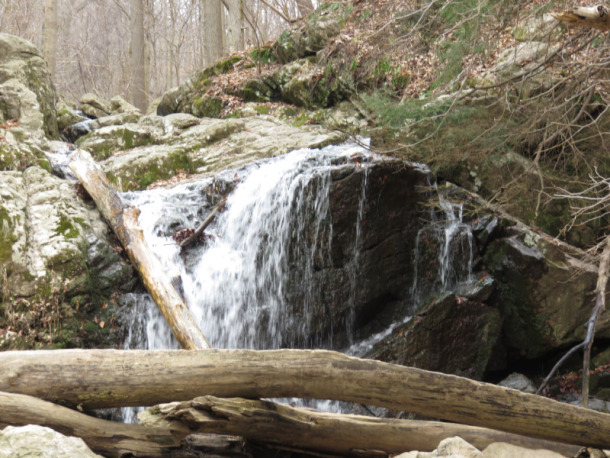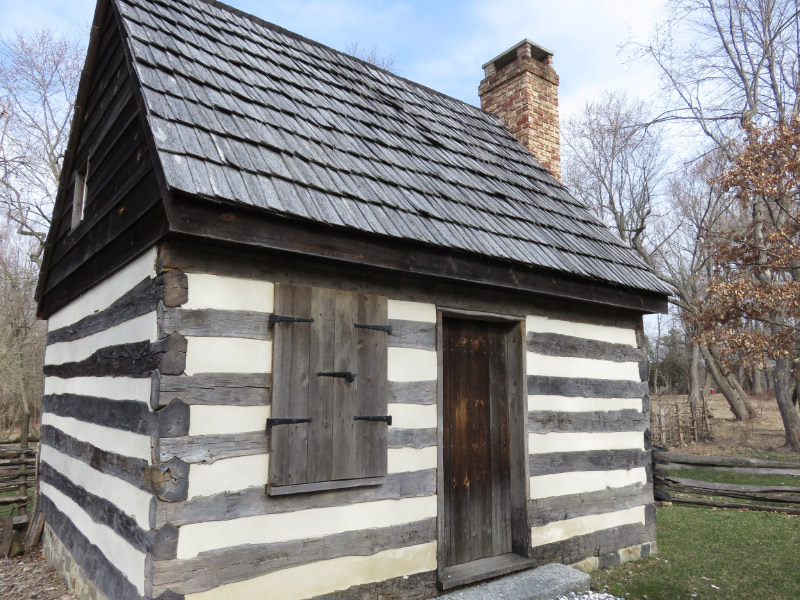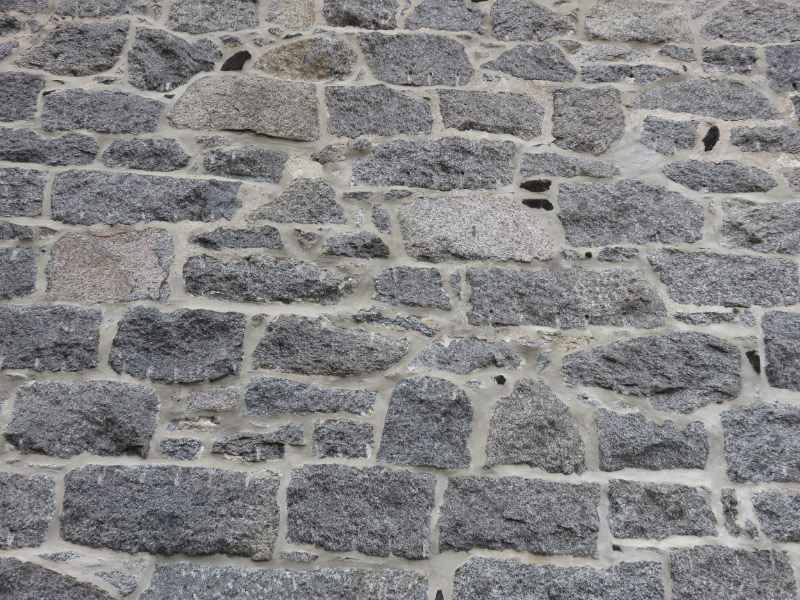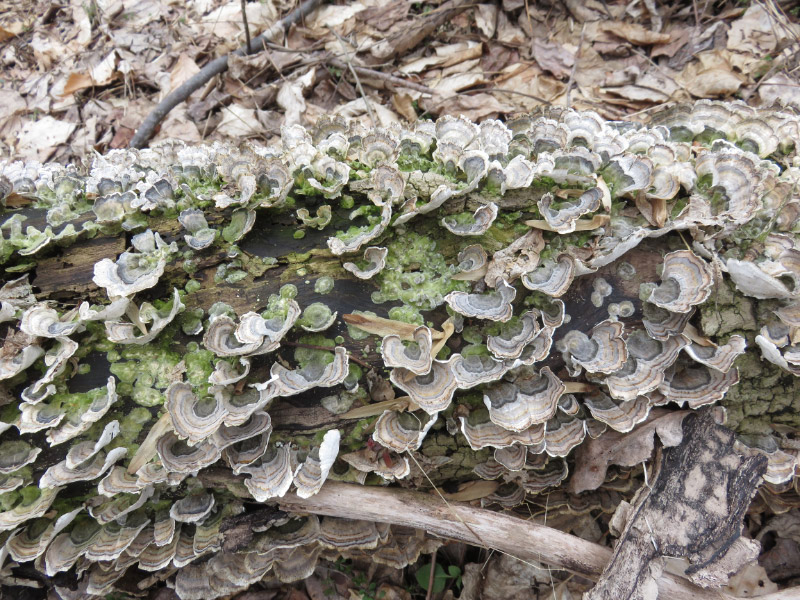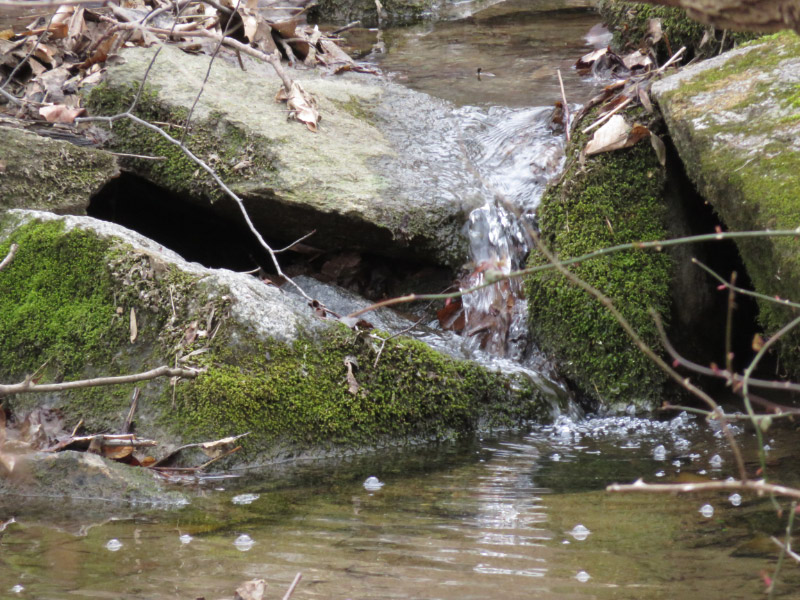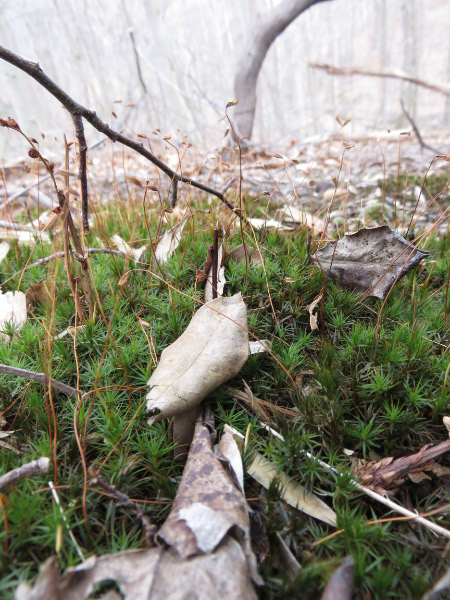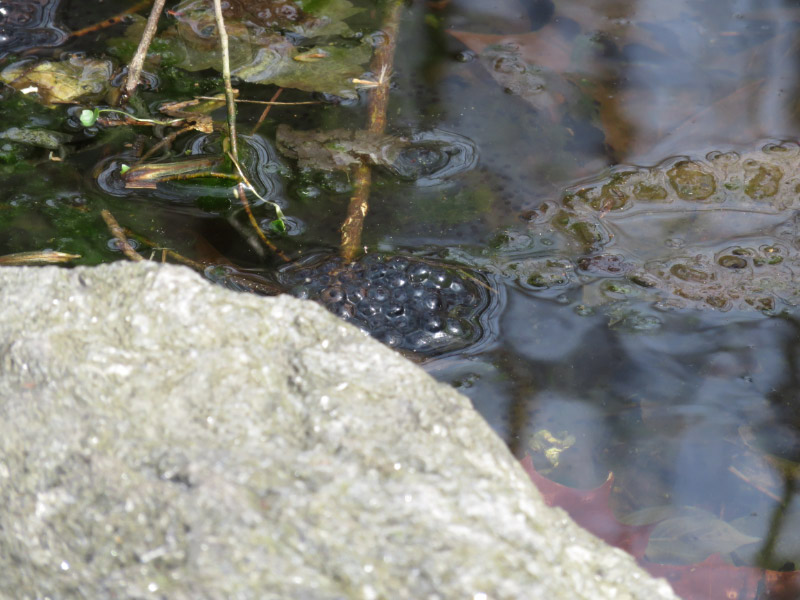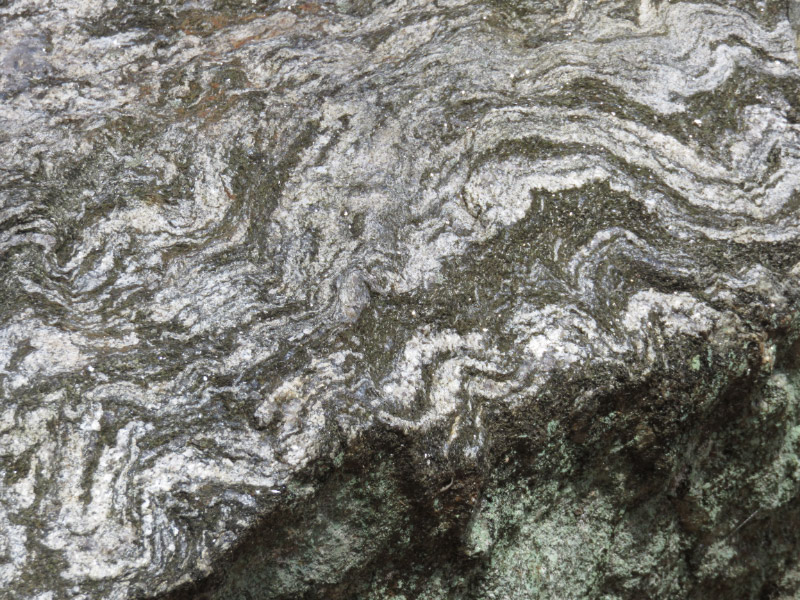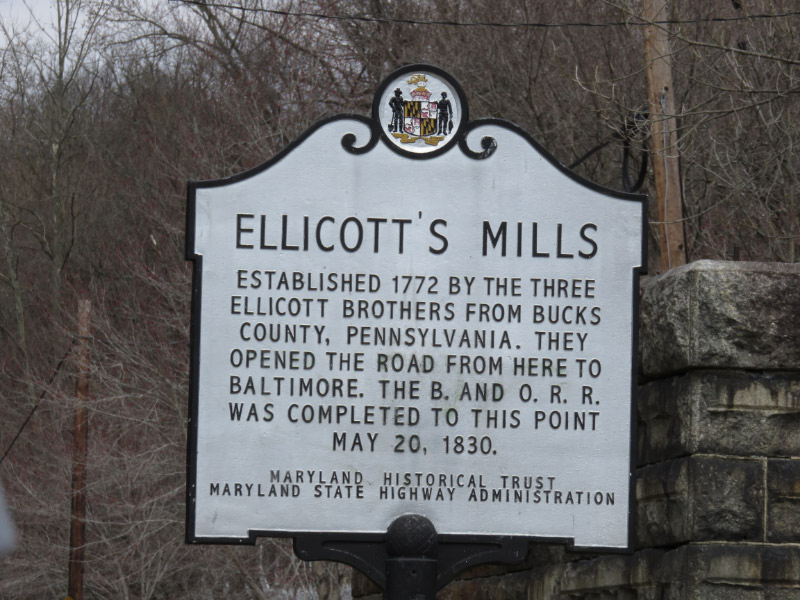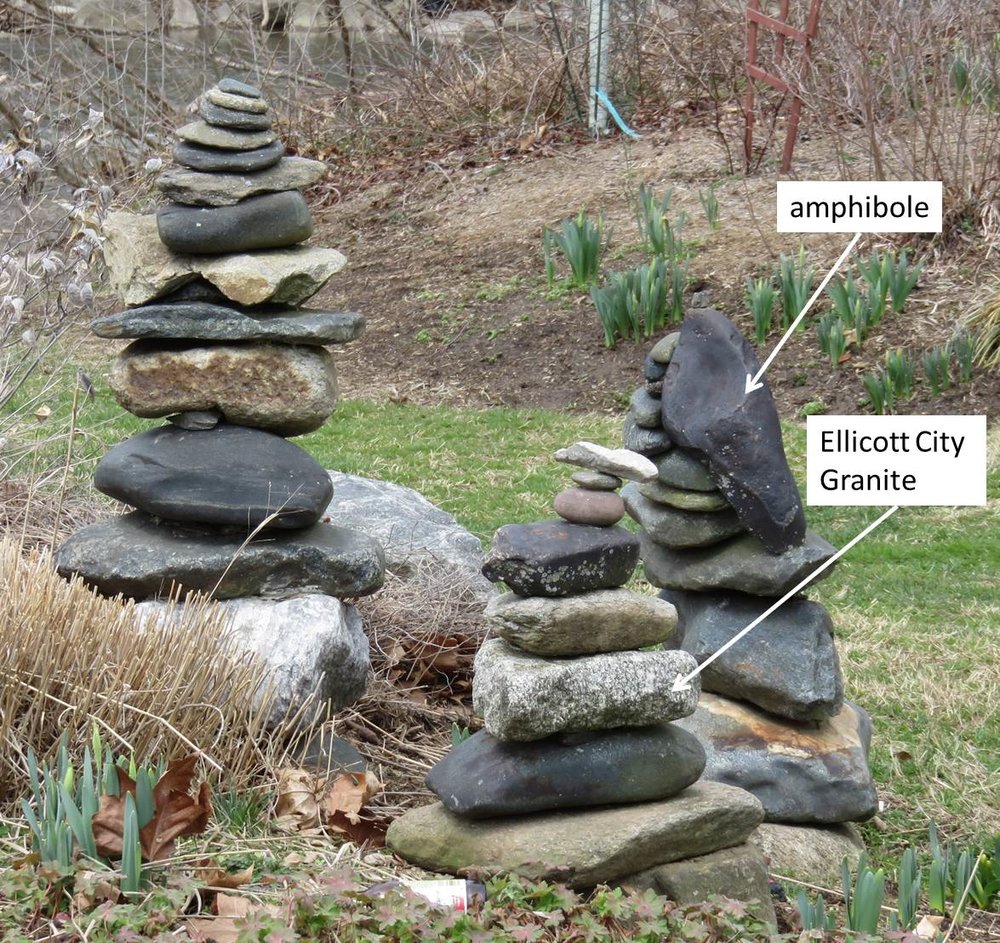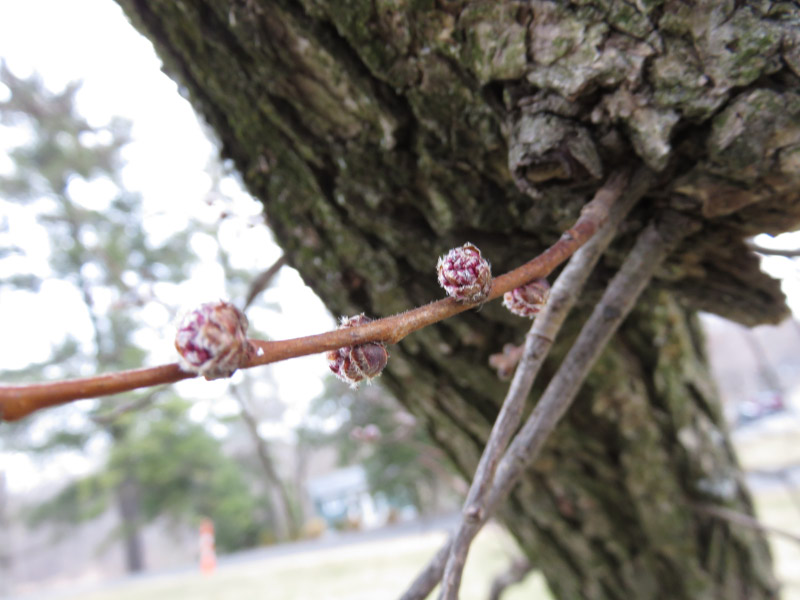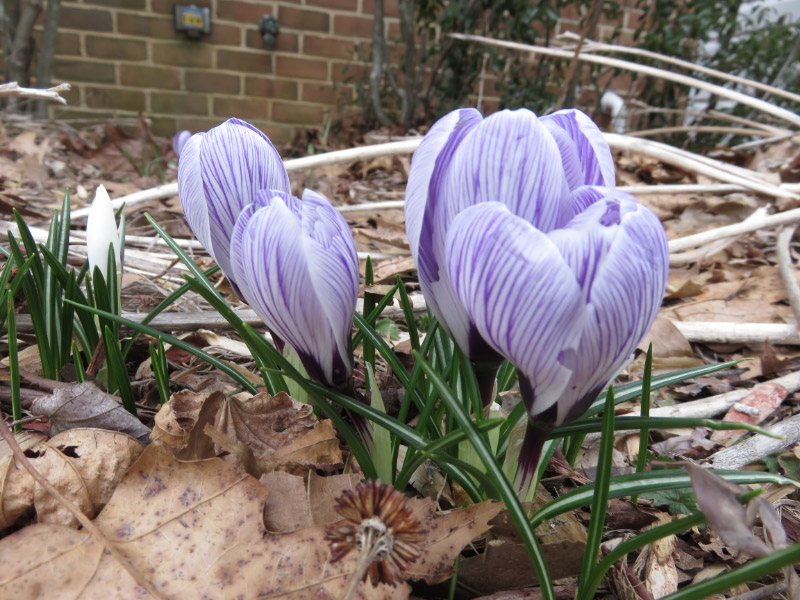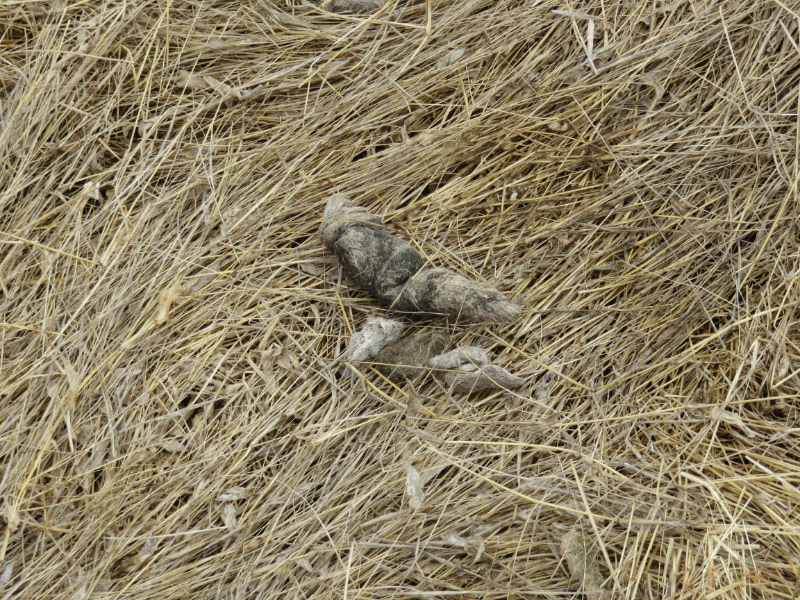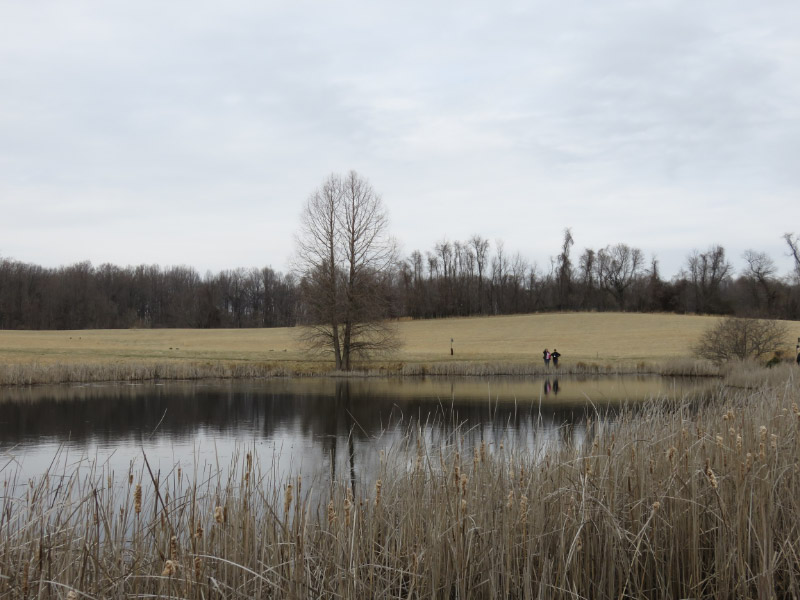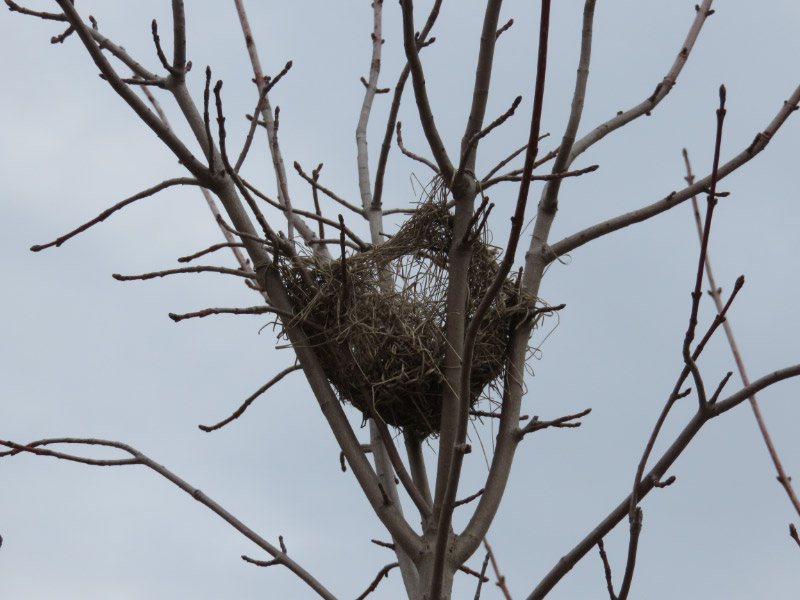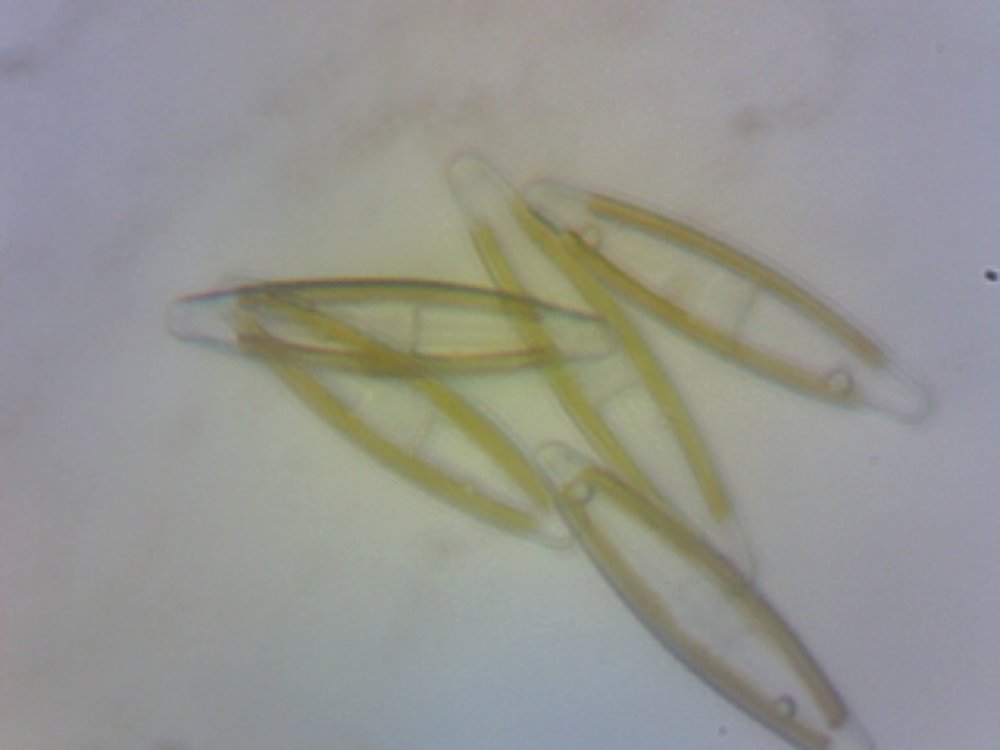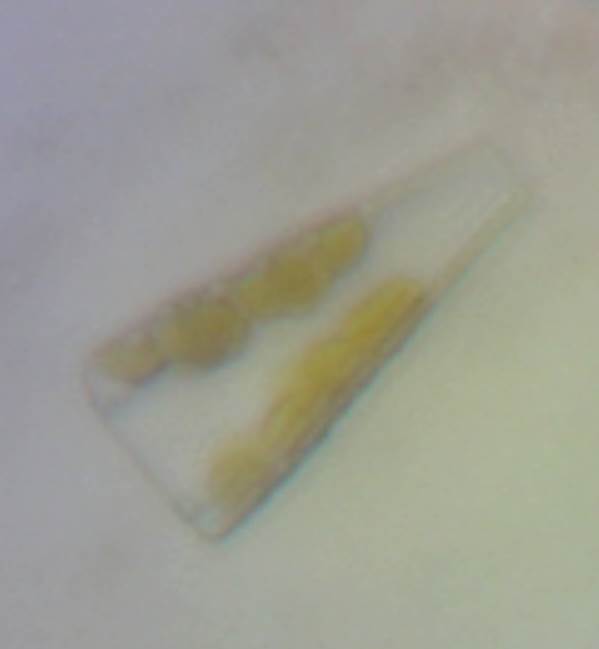Gleanings of the Week Ending June 20, 2015
/The items below were ‘the cream’ of the articles and websites I found this past week. Click on the light green text to look at the article.
Soft Tissue Detected in Millennia-Old Dino Bones - New ways of looking at very old bones reveals unanticipated results (but not DNA).
Far From Sterile, Some Hybrids May Start New Species - Coyotes in the eastern US are quite different than their western counterparts and they are beginning to fill the niche left by wolves. Maybe they will help control the too large deer population!
Renewables Reach Highest Share of U.S. Energy Consumption since 1930s - Historical stats about renewable energy...with emphasis on the 1990-2014 time period.
Two similar articles: Why doctors should treat the healthy too and Interventions among healthy people save the most lives - The challenge is that most doctors are trained to treat illness and disability…not help people retain their health.
Data scientists find connections between birth month and health - The data for the study was from 1985-2013…1.7 million patients treated at New York-Presbyterian Hospital/CUMC. It interesting result but the researchers point out that the risk related to birth month is relatively minor compared to the more influential variables like diet and exercise.
The Weirdest (And Most Violent) Ways That Plants Release Their Seeds - Short videos. As with so many things botanical…I could not resist including it in the gleaning list. It includes how violets disperse their seeds and I’ve just started noticing the seed pods this year (I have several locations where I am watching the plants to see the seeds disperse).
Global freshwater consumption crossing its planetary boundary - Scary result.
Biodiversity reduces human, wildlife diseases and crop pests - Another reason to worry about the extinctions happening in the world right now.
Sunrise and Sunset Photos Capture Stunning Wildlife Silhouettes - Ending with some great images…and a reminder of the special light at the beginning and ending of the day.









